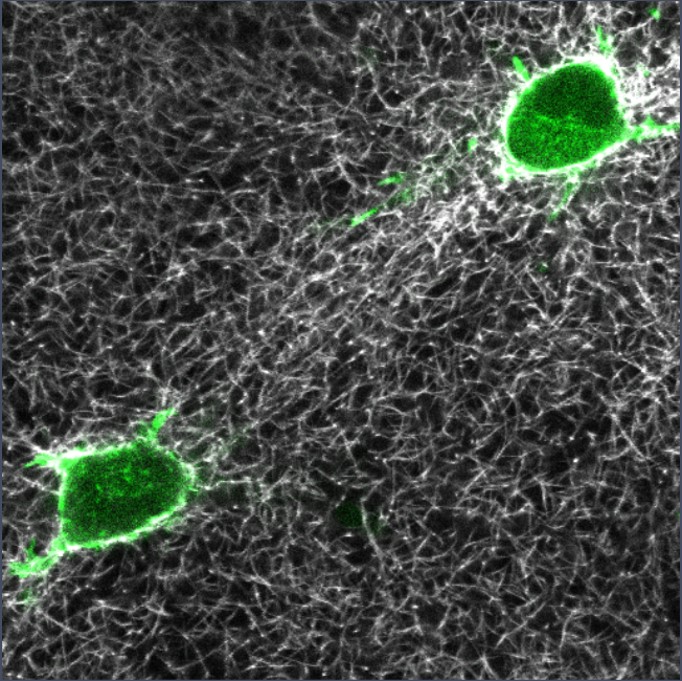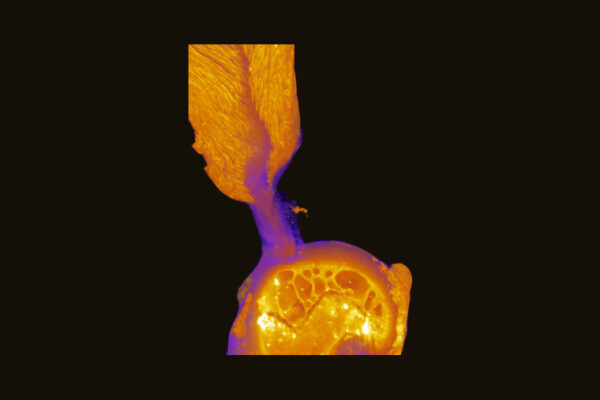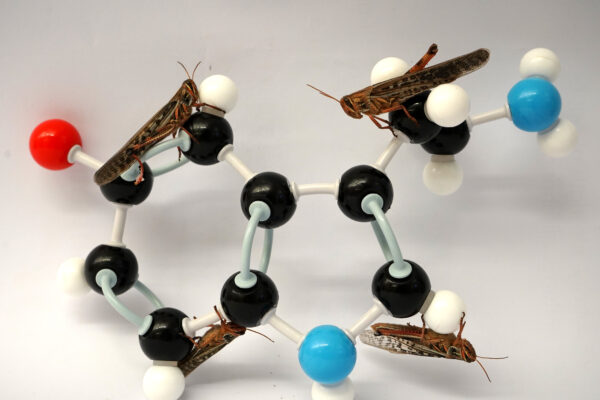Organisms of all shapes and sizes communicate by vibrating the solid stuff of their environments, and initial evidence suggests that individual cells in our bodies might do the same.

A team of researchers from Israel, the United Kingdom, Spain and the United States have received a three-year $1.5 million grant from the Human Frontier Science Program to study this potentially transformative new mode of cell-to-cell communication.
The research team is led by Ayelet Lesman at Tel Aviv University in Israel. Guy Genin, the Harold and Kathleen Faught Professor of Mechanical Engineering at the McKelvey School of Engineering at WashU, is among the lead investigators.
The team will study how cells detect and respond to vibrational signals at a molecular level using live microscopy and biomarkers, advised by Genin, a cell mechanobiology expert.
“From my research on how cells transduce minute mechanical forces during wound healing and fibrosis, I anticipate these vibrations may activate mechanosensitive signaling pathways to coordinate cell behavior,” Genin said.
This new mode of communication, if validated, could have important implications for processes in both health and disease involving cell interaction, from embryonic development to wound healing to cancer’s spread, the researchers said.
Read more on the McKelvey School of Engineering website.


